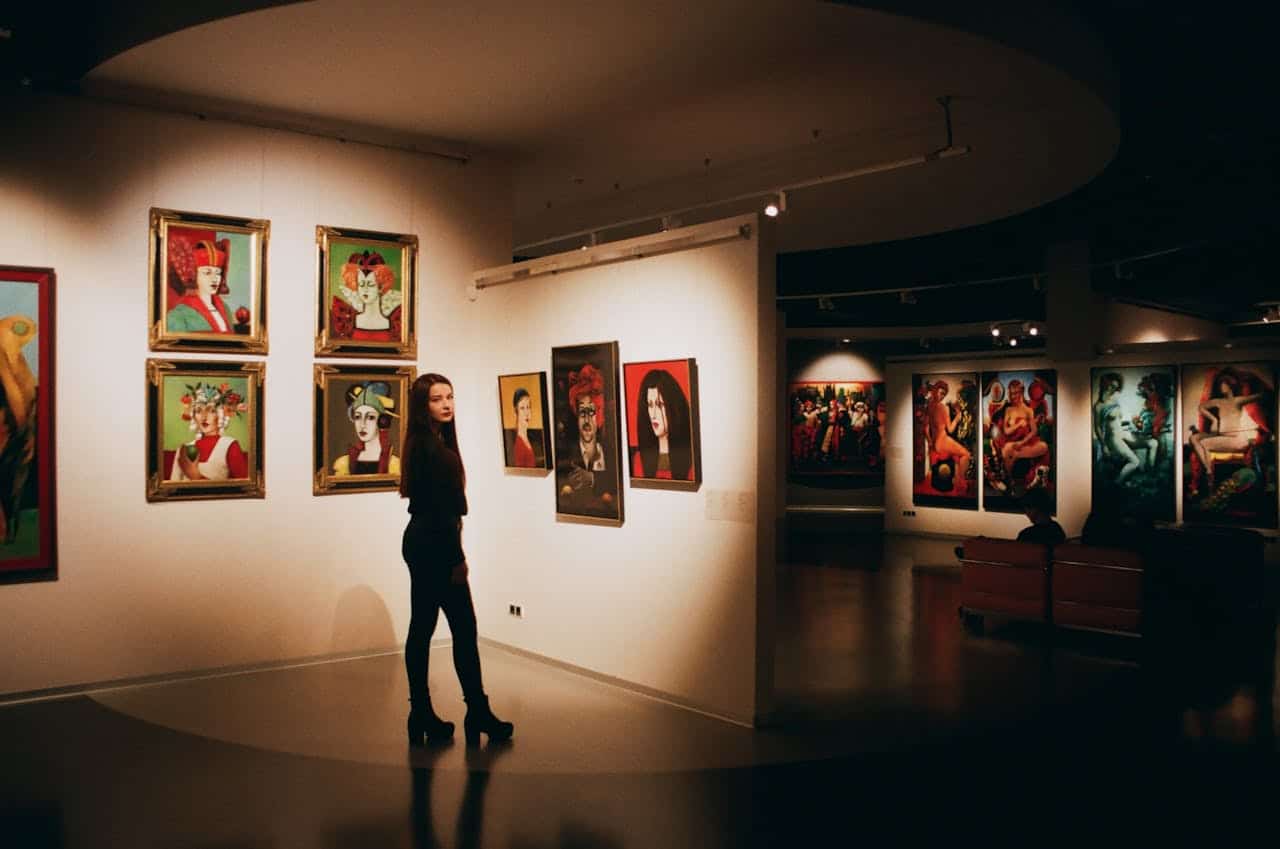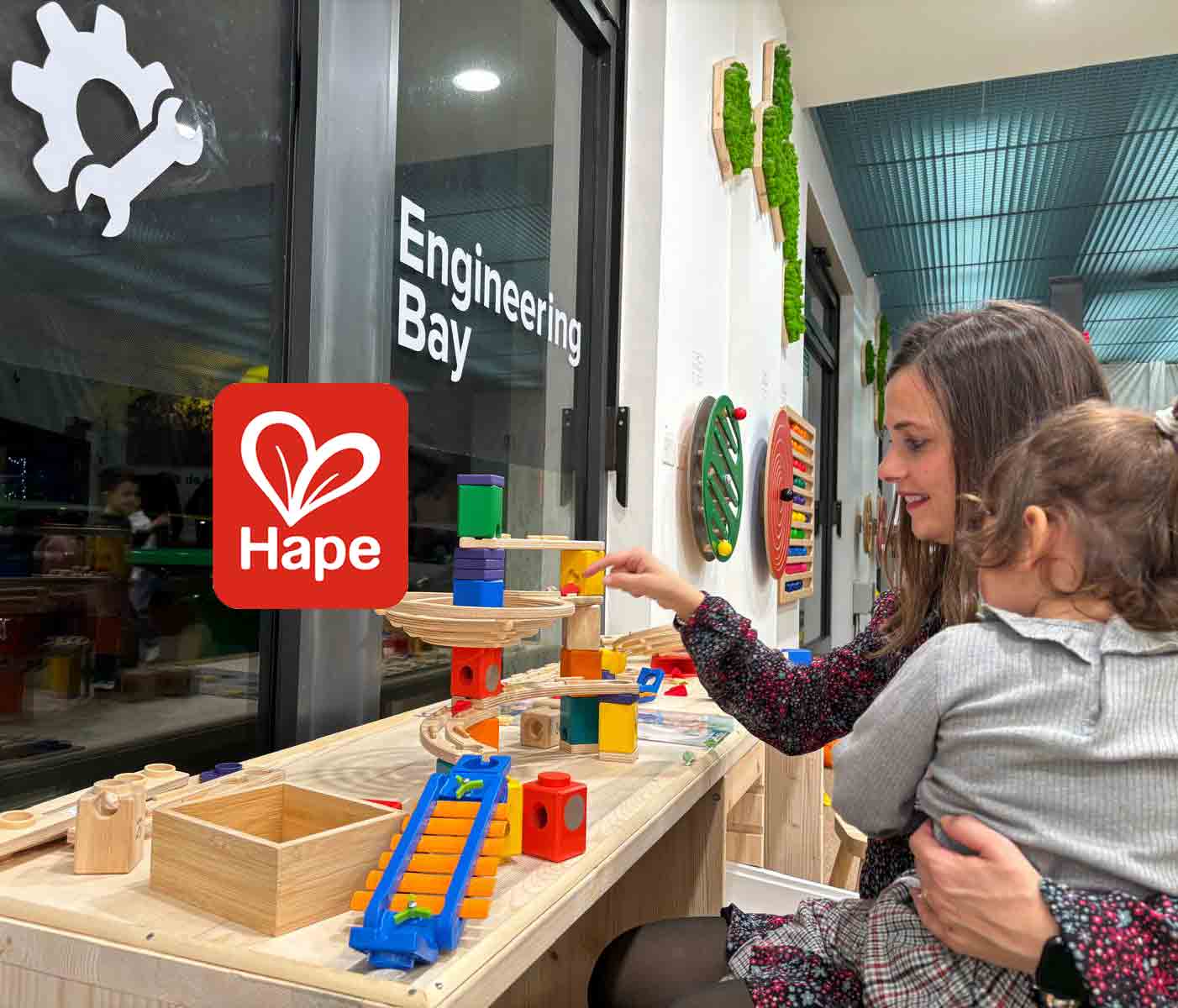Museums have long been viewed as sacred vaults of history and art, silent spaces that invite quiet reverence. But today, museums are shedding their passive reputation and reimagining themselves as immersive, narrative-driven experiences that keep visitors on their toes, inviting them to not just look, but to touch, listen, and sometimes even become part of the story. In an era dominated by on-demand content and immediate engagement, museums are turning to interactive design to create a new art form altogether—an art of storytelling that immerses visitors fully into the worlds they are exploring.
This shift from static displays to dynamic journeys is transforming the museum experience. Through curated pathways, sensory-driven storytelling, and engaging, interactive elements, museums are using design to guide us through narratives that resonate long after we leave. Let’s delve into how museums are redefining their spaces and crafting storytelling experiences that keep us coming back for more.
Crafting Seamless Storytelling Joruney
Imagine stepping into a museum that feels less like a series of exhibits and more like a flowing journey, guiding you from one moment to the next without pause. This fluidity is at the heart of what makes storytelling come alive in museum design. Architects and designers are carefully orchestrating paths that move visitors through exhibits with a natural sense of progression, giving each area a narrative arc.
Take, for example, the National Museum of African American History and Culture in Washington, D.C. Visitors descend a winding pathway through history, beginning with the painful realities of slavery and moving through layers of struggle and resilience until they reach displays celebrating Black culture, music, and art. The journey isn’t just a physical descent and ascent; it mirrors a story arc, emotionally guiding visitors along an impactful narrative that’s felt deeply and remembered long after they leave.
Stories Come to Life Through Interactive Spaces
No longer confined to glass cases and placards, museums now use interactivity to turn passive observers into active participants. Interactive installations, touch screens, virtual reality (VR), and augmented reality (AR) are being used to let visitors experience history, art, and science as if they’re stepping into the story themselves. Rather than just reading about an artifact, you might virtually handle it, zooming in on details or rotating it in 3D to examine it closely.
At the Museum of Pop Culture in Seattle, visitors can play interactive soundboards to remix songs, create their own album covers, and even step into mini-studios to try their hand at instruments. This isn’t just an exhibit; it’s an invitation to become part of the creative process. Such hands-on experiences create a personal connection to the narrative, inviting visitors to add their own chapter to the story being told.
Engaging the Senses to Create Memorable Experiences
To tell a story that lingers, you need to engage more than just the mind—you need to tap into the emotions. Museums today are using sensory elements like lighting, soundscapes, and even scent to add layers of meaning and atmosphere to exhibits. These details might seem subtle, but they’re powerful in shaping the emotional response of visitors and deepening the impact of the story.
Consider the Anne Frank House in Amsterdam, where ambient sounds of distant city noise and natural lighting help create a hauntingly realistic atmosphere. As you walk through the rooms where Anne Frank hid during World War II, each sound and sight anchors you more deeply into the emotional weight of her story, blurring the line between past and present. This sensory storytelling doesn’t just inform visitors; it creates a deep, empathetic connection, placing them in Anne’s shoes in a way that feels personal.
The Power of Play in Sparking Imagination
In the realm of museum design, one of the most captivating tools for storytelling is play. Far from being reserved solely for children, play invites visitors of all ages to explore, imagine, and engage with exhibits in ways that feel spontaneous and joyful. By blending play with storytelling, museums encourage active participation, allowing visitors to discover insights through hands-on, imaginative experiences. The Museo dei Bambini Lecce, Italy, stands as a prime example. Dedicated to interactive learning for children, this innovative space uses playful design to make art, science, and culture accessible. Every corner of the museum is crafted to stimulate curiosity, from creative workshops to tactile displays, allowing even the youngest visitors to immerse themselves in narratives that feel both accessible and inspiring.
Across the world, other museums are similarly incorporating play to engage visitors of all ages. In science and natural history museums, for example, visitors might find themselves building models, touching replica artifacts, or experimenting with interactive displays that demonstrate complex ideas in simple, playful ways. By encouraging this type of learning, play fosters a sense of discovery that feels both organic and memorable. When combined with storytelling, playful design transforms museum visits into immersive experiences, inviting each visitor to become part of the story, to temporarily suspend reality, and to explore worlds where learning feels as natural as curiosity itself.
Using Thematic Zones to Tell a Multi-Layered Story
Large museums often encompass diverse exhibits under a common theme, making cohesion essential to a seamless narrative. Many institutions are now organizing exhibits into thematic “zones” or sections, each focused on a specific aspect of the overarching story. These zones act as chapters in a book, each one exploring a unique dimension of the theme, yet connected to the whole.
For instance, the Museum of Modern Art (MoMA) in New York City masterfully organizes its collections by artistic movement, allowing visitors to experience the story of modern art chronologically. Each section is designed to stand alone yet ties into the larger narrative of how modern art evolved, influenced by culture, politics, and philosophy. Visitors can meander through these “chapters” at their own pace, experiencing the story of modern art from multiple angles, adding depth to each piece along the way.
Letting Visitors Shape Their Own Stories
Modern museum design is embracing personalization, letting visitors choose their own journey through exhibits. With digital wayfinding, self-guided audio tours, and interactive maps, visitors can curate their own paths, focusing on the exhibits that most intrigue them. This approach lets each person engage with the museum on their terms, tailoring the experience to their interests.
The Louvre, for instance, offers a mobile app that allows visitors to select curated routes based on their preferences, whether they’re interested in ancient civilizations, Renaissance masterpieces, or the iconic Mona Lisa. This customization adds a layer of interactivity and autonomy, allowing visitors to feel that the museum is speaking directly to them, enhancing their connection to the story being told.
Pop-Up Exhibits and Multi-Use Spaces
Museums are also experimenting with pop-up exhibits and flexible spaces that keep the storytelling fresh and dynamic. These areas can be transformed to suit different themes or rotated for special events, creating new narratives that encourage repeat visits and make the museum feel like a living, evolving space.
Take the Victoria and Albert Museum in London, which frequently transforms its gallery spaces for pop-up exhibits like fashion retrospectives, modern art installations, or digital innovation showcases. These temporary spaces create anticipation and intrigue, drawing in new visitors and offering regular patrons a reason to return for fresh experiences and new stories.
Interactive Design as a New Art Form
The art of storytelling in museum design is still evolving, with new technology and innovative design concepts continually redefining how we experience culture, history, and art. As museums continue to embrace interactivity, the line between the storyteller and the story experiencer will blur, allowing visitors to become co-creators of their journey.
This shift is part of a larger movement toward immersive experiences that resonate with modern audiences who seek engagement, connection, and personal meaning. By combining flow, sensory design, interactivity, and digital elements, museums are not just preserving history—they’re bringing it to life, creating stories that linger in our minds and inspire us to explore further.
So the next time you step into a museum, notice how you’re guided, immersed, and engaged with each space. Whether you’re tracing the footsteps of ancient civilizations, losing yourself in a virtual world, or listening to the whispers of a forgotten era, remember: you’re not just observing a story; you’re living it. And that is the art of storytelling through interactive museum design—a new kind of experience, crafted just for you.



